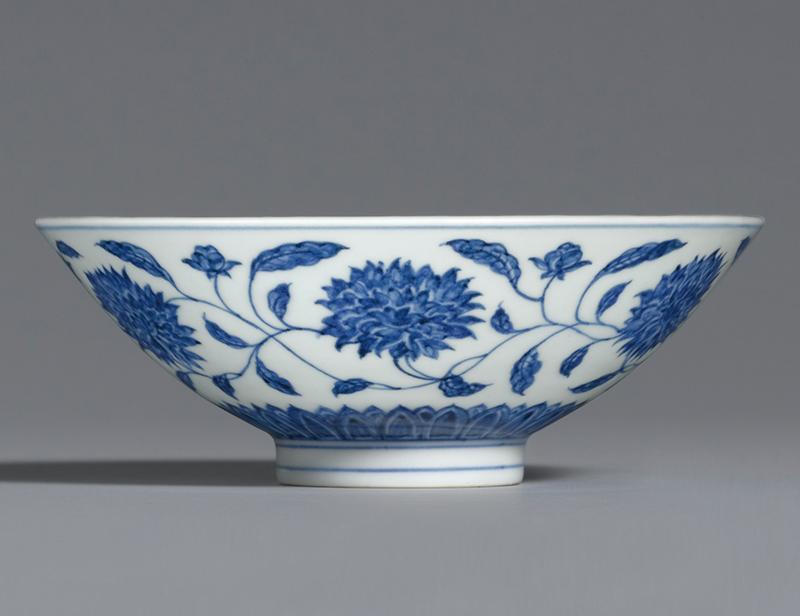Why make the type of historical porcelain that we do?
Everyone has a point of view and the great thing is that they differ. I learned in art school drawing classes that even when all the students are making a still life of the same subject, there will be as many variations on the treatments as there are students.
It is the quirky mistakes that give the drawings life. Otherwise, we have a photograph and even here photographs of the same object vary with the focus, interest and talent of the photographer.
It is the quirky mistakes that give the drawings life. Otherwise, we have a photograph and even here photographs of the same object vary with the focus, interest and talent of the photographer.
In the world of design, we are always looking for the NEW; some special twist that will grab people and get them excited, thoughtful or just say “hmm”. We all use references in our minds from something we have seen, something familiar or something not familiar and disturbing. Something to discard or something to strive for. We need the past to form a reference for the future.
In the early days of being an art student, Mrs. Mottahedeh was like my Great Aunt. My husband and I would be invited to her house in Connecticut on weekends to hang out. She really enjoyed young people and was rarely alone. I don’t know if it was because she needed a reference or she just wanted to see what I could do, but she asked me to draw a nine-pointed star for the center of a Ming plate design that had been licensed by the Metropolitan Museum. She wanted to customize it for a client.
This might sound like an easy task, but I was quite daunted by the subject and the institution. In today’s world, you might just Google it, but there was no google then, and no internet. References there are quite thin today in our category and the story is still in books. If you want to go into depth on a subject, it is important to look the old-fashioned way in libraries, though so many of these are aided by microfilm.
I went to the Metropolitan Museum in New York City to look at “just what was Ming”. It was quite shockingly simple and surprisingly complex. The line work was fluid and yet precise, in melted cobalt blue, belying years of an artist’s effort to achieve this simple but perfect effect and it was truly humbling. The most special part is that these ceramics were several hundreds of years old and I could see them and gain appreciation from them today.
In order to make something that was in keeping with the style and appearance of a known work of art, I needed to understand the perspective and intention of the original artist. What would someone do in an age before the Industrial revolution in a place where the supreme emperor ruled the ceramics development. What would they not do. What could they not do? What was Ming? I made a design that I hoped was in harmony with the plate border. If you understand this point of view, it takes a little courage to put yourself out there. If one is ignorant, but confident, it doesn’t take as much courage.
That was the beginning of the desire to unlock the mystery of these people who were creators in their day.
On to the subject of Tradition: This word has many connotations, good and bad, today. Tradition is defined as a long established or inherited belief , behavior or way of thinking. It is also defined as something handed down.
Traditions are the embodiment of our culture and all cultures have them. They join us together. They are rituals that remind us of meaning and that is good. That is, until the tradition becomes so far removed from its original intent that it locks us in and keeps us from seeing the world with fresh eyes and an open heart. We are attached to the tradition and we don’t even know why. This is not what we want.
Some things are so beautiful that they are appreciated centuries later. We can call that traditional or we can call it enduring. Why do we copy it? So people can have these things near them today. In the past they were only for nobility. For me, it is not for status but for the excellence of the design and a connection with people of a prior time.
Mrs. Mottahedeh used to say “Why do we still perform Shakespeare? Every performance is a reproduction.” Does it have value today? You be the judge. Our goal: to know about today, study the past and create something new with fresh eyes and an open heart.
Wendy Kvalheim








